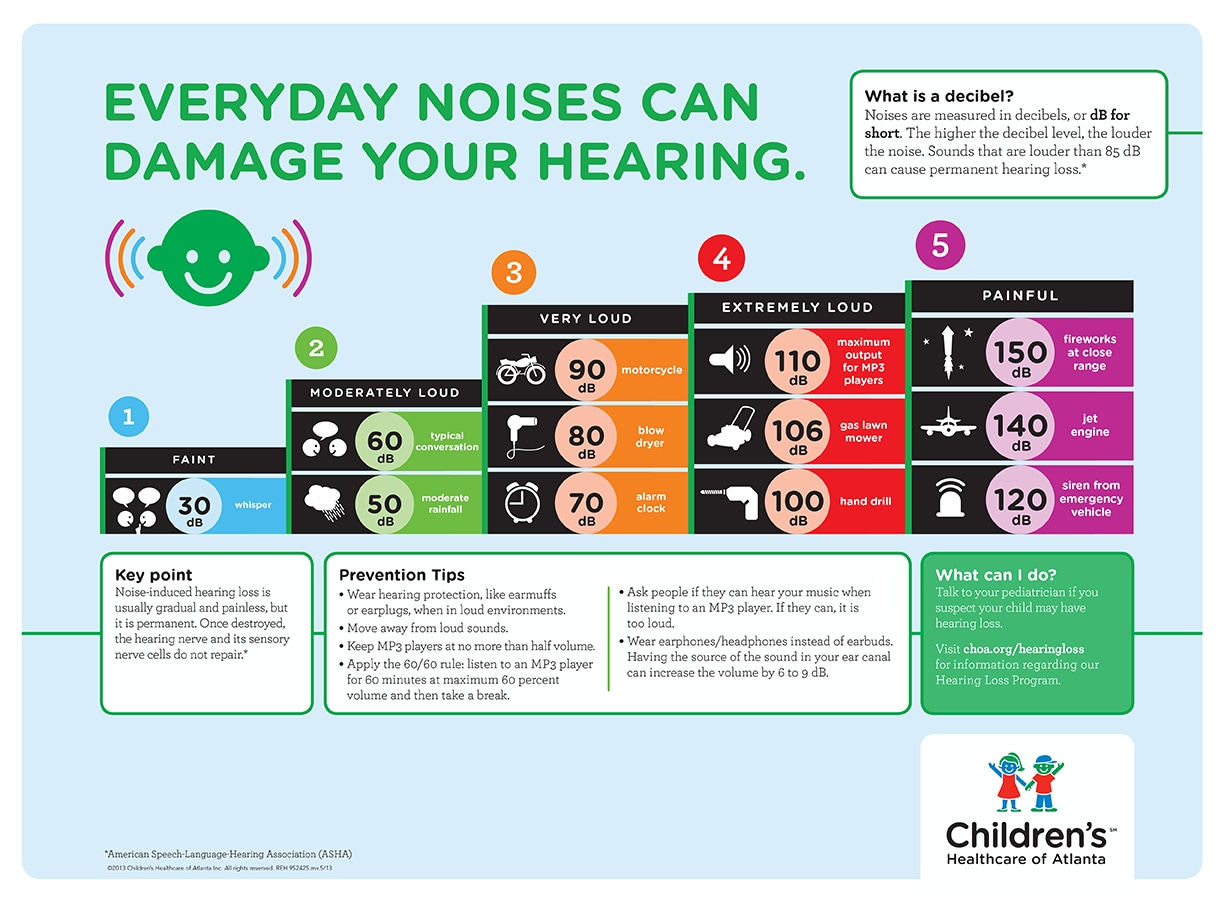Enhancing Discovering: Addressing Auditory Handling Issues In Dyslexia
Enhancing Discovering: Addressing Auditory Handling Issues In Dyslexia
Blog Article
Web Content Author-Lysgaard Stryhn
When you take into consideration the obstacles that dyslexic learners face, it's clear that auditory handling concerns frequently play a substantial function. You may question exactly how customized approaches can bridge the gap between auditory guidelines and comprehension. By integrating visual help and damaging tasks into convenient actions, you could improve focus and understanding. Nonetheless, the solutions do not quit there. What other strategies can produce a really supportive understanding atmosphere that cultivates success and self-confidence?
Comprehending Dyslexia and Auditory Processing
Dyslexia affects approximately 1 in 5 individuals, making it among the most common learning impairment. If you're browsing dyslexia, you may find that it does not simply impact reading and writing; it can additionally influence just how you refine acoustic information.
primitive reflexes in adults refers to just how your brain translates sounds, including language. When you struggle with this, it can lead to challenges in understanding talked directions and adhering to conversations.
You might notice that you commonly misunderstand what you hear or that it takes longer for you to respond in conversations. This isn't a reflection of your knowledge; it's a certain problem pertaining to refining acoustic signals.
Recognizing this connection is vital because it helps clarify why you might master aesthetic tasks while facing hurdles in jobs that count on acoustic understanding.
Acknowledging these challenges can empower you. By comprehending the ins and outs of dyslexia and auditory handling, you can much better advocate for your needs, whether in educational settings or social scenarios.
It's important to acknowledge these concerns so you can seek the appropriate support and strategies in the future.
Reliable Techniques for Assistance
Navigating the difficulties of acoustic processing can feel overwhelming, but there work techniques that can help you flourish.
By applying these methods, you can boost your discovering experience and enhance your capability to procedure acoustic information.
- ** Utilize aesthetic aids **: Combining acoustic guidelines with visual assistances, like charts or diagrams, can dramatically enhance understanding.
- ** Break tasks right into smaller sized steps **: Streamlining guidelines right into convenient chunks allows you to concentrate and process details more effectively.
- ** Exercise energetic listening **: Engage in workouts that encourage you to pay attention attentively, such as summarizing what you've listened to or asking inquiries for explanation.
- ** Include learning disability unable to retain information **: Make use of apps or software application created to aid with auditory processing, such as speech-to-text tools or audiobooks, to reinforce learning.
Creating Supportive Understanding Settings
Developing an encouraging knowing environment is crucial for aiding people with auditory handling obstacles do well. Beginning by reducing distractions in your classroom or finding out room. Use acoustic panels or soft home furnishings to take in noise, which can help pupils focus better. Make certain seating arrangements allow for clear sightlines to the educator and any type of aesthetic aids.
Next off, integrate clear and concise interaction. Speak gradually and use straightforward language, checking for recognizing often. Encourage pupils to ask questions if they're not sure. Visual aids like graphes, diagrams, and created instructions can improve understanding and retention.
Furthermore, foster a society of patience and understanding among peers. Instruct pupils regarding auditory handling problems, advertising empathy and support. Group activities can be beneficial; just make sure that duties are clear which trainees interact to support each other.
Lastly, provide routine comments. Celebrate progress and success, despite just how small. This encouragement develops confidence and reinforces the idea that understanding is a trip.
Conclusion
In your journey to improve learning for people with dyslexia, think of each technique as a tipping stone throughout a river. By weaving together auditory and aesthetic aids, damaging jobs right into bite-sized items, and supporting a supportive setting, you assist produce a bridge to understanding. Bear in mind, fostering compassion among peers and appealing family members can light the path to success. With patience and commitment, you'll equip learners to soar above difficulties, transforming their struggles into toughness.
